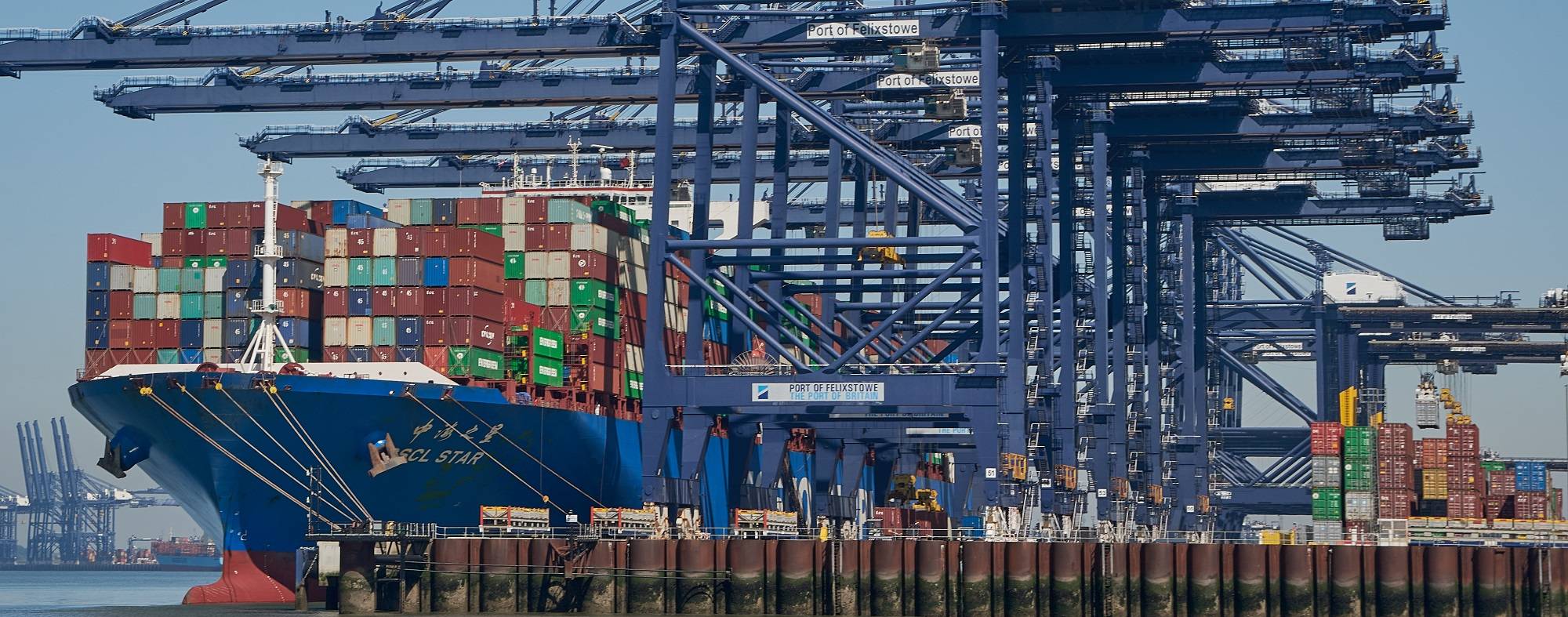“That said, nothing is certain. US and European ports are still congested, industrial action on the logistics chain is spreading globally and, of course, we still have the threat of COVID and its impact on economic activity, particularly in China. There’s a lot of variables at play, so it’s imperative to stay tuned to the latest intelligence when negotiating long-term contracts to achieve a competitive edge.”
Xeneta also disclosed that it ran a survey of its customer base in July and found that many were now looking to renegotiate contracted rates given the recent spot market drops.
“Our customers, mainly large volume shippers, now find themselves in a stronger negotiating position,” said Berglund. “Our survey showed that 44% no longer feel confident in the stability of long-term contracts – of that 44%, some 22% said they were more likely to allocate lower volumes only to cheaper contracts, while 22% preferred to move allocation to the spot market as soon as prices dip below long-term rates. It’s going to be an interesting few months ahead.”
Regional insights
On a regional basis, July’s XSI shows a rise in the global index of 435.2 points and gains, albeit relatively small ones, across all major corridors.
European imports continued to grow, but at a much slower rate than recent months, rising by 1.9% in July (a 62% year-on-year increase). Exports climbed more strongly, by 3.9%, having now soared 92% this year. Far East exports have enjoyed a bumper 12 months, now standing 150% up year-on-year, with another 2% rise this month (again, a slower rate of increase). Imports edged up 1.1% and now stand 53% higher than July 2021.
The US benchmarks on the XSI showed the strongest performances, with the import figure gaining 5.9% (up a huge 173% year-on-year), while exports also climbed 5%. This latter benchmark is the only one to have enjoyed greater growth in July than June. However, Berglund points out that export volumes have declined considerably compared to pre-pandemic levels, with the ratio of loaded imports to loaded exports to the US rising from 1.9 in 2019 to 2.5 in the first five months of 2022.




